Home>Home Appliances>Laundry Appliances>How To Open A Locked Washing Machine Door
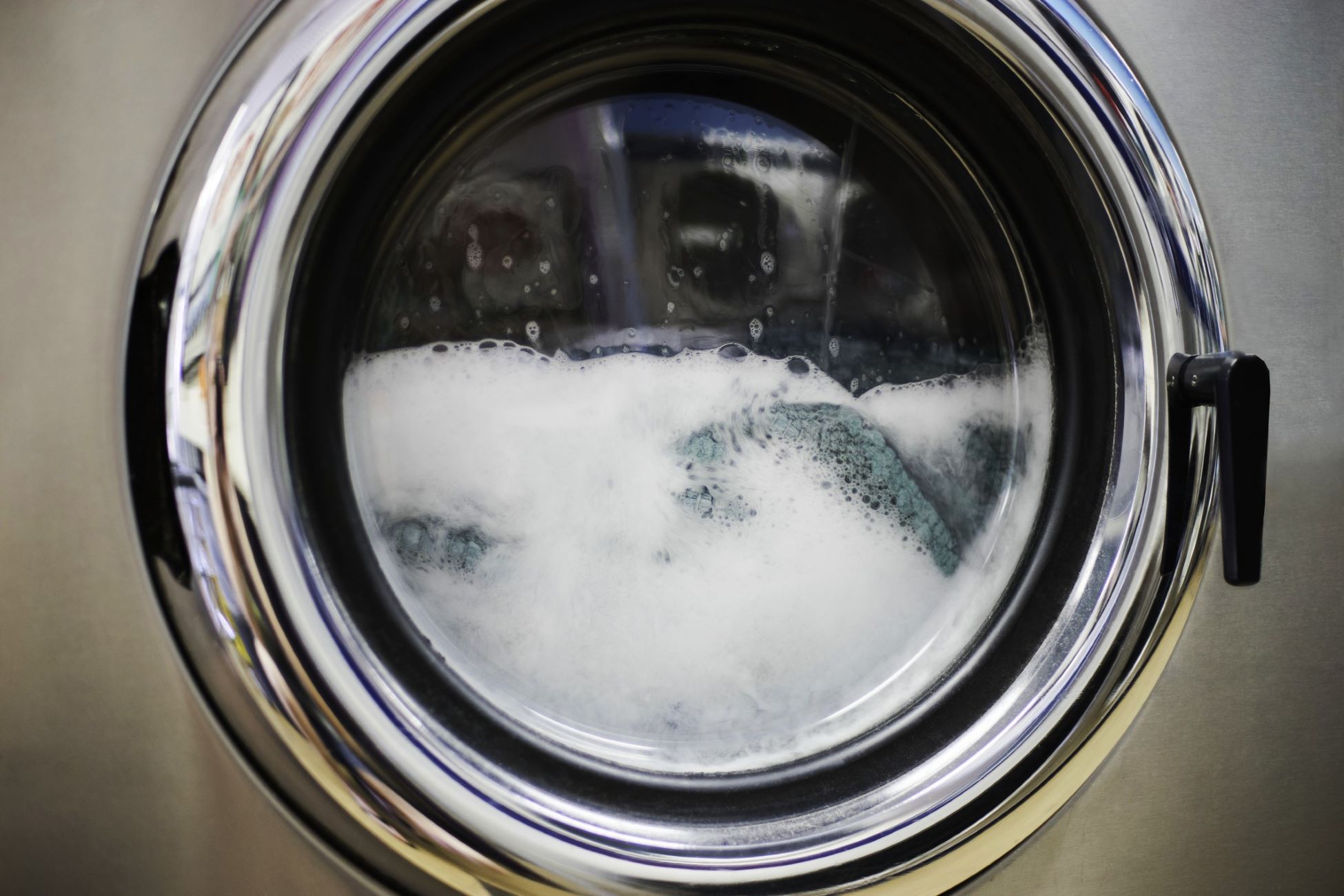

Laundry Appliances
How To Open A Locked Washing Machine Door
Modified: February 27, 2024
Learn how to open a locked washing machine door with our expert tips. Get back to your laundry routine quickly and easily. Perfect for all laundry appliances.
(Many of the links in this article redirect to a specific reviewed product. Your purchase of these products through affiliate links helps to generate commission for Storables.com, at no extra cost. Learn more)
Introduction
Dealing with a locked washing machine door can be a frustrating experience, especially when you have a pile of laundry waiting to be washed. Whether it's due to a malfunctioning mechanism or a power outage during a cycle, a locked washing machine door can bring your laundry routine to a standstill. However, with the right knowledge and a few simple steps, you can safely and effectively open a locked washing machine door without causing any damage.
In this guide, we will walk you through the process of unlocking a washing machine door in a safe and efficient manner. From understanding the safety precautions to identifying the tools and materials needed, we will cover each step in detail to ensure that you can tackle this issue with confidence. By following these steps, you can regain access to your laundry and get your washing machine back in working order without the need for professional assistance.
So, if you're facing a locked washing machine door and wondering how to resolve this issue, you've come to the right place. Let's dive into the essential steps and precautions to help you unlock your washing machine door and get back to your laundry routine in no time.
Key Takeaways:
- Safety First!
Always unplug the washing machine before trying to open a locked door. Be patient, use the right tools, and follow the manufacturer’s instructions to avoid accidents and protect the machine. - Be Gentle and Careful
When opening the door, handle it with care and check for any damage inside. If you find any issues, get help from a professional to keep your washing machine running smoothly.
Safety Precautions
Before attempting to open a locked washing machine door, it's crucial to prioritize safety to prevent any accidents or damage to the appliance. Here are the essential safety precautions to keep in mind:
-
Power Disconnection: Always start by unplugging the washing machine from the power outlet to eliminate the risk of electric shock. This step is vital to ensure your safety while working on the door lock mechanism.
-
Caution with Wet Clothing: If the washing machine stopped mid-cycle, there might be water inside the drum. Be cautious when handling wet clothing, as they can be heavy and may cause imbalance when trying to open the door.
-
Protective Gear: Consider wearing gloves to safeguard your hands from any sharp edges or potential hazards within the washing machine's door area.
-
Patience and Gentle Handling: Avoid using excessive force or aggressive maneuvers to open the door, as this can lead to damage or misalignment of the door lock mechanism.
-
Understanding the Manufacturer's Guide: Refer to the washing machine's manual or the manufacturer's instructions for specific guidance on dealing with a locked door. Following the recommended procedures can prevent unintended consequences and ensure the proper handling of the appliance.
By adhering to these safety precautions, you can approach the task of unlocking a washing machine door with confidence and minimize the risk of accidents or damage to the appliance. Prioritizing safety not only protects you from potential harm but also preserves the integrity of the washing machine, allowing for a successful resolution to the locked door issue.
Tools and Materials Needed
When it comes to opening a locked washing machine door, having the right tools and materials at your disposal is essential for a successful outcome. Here's a comprehensive list of what you'll need to effectively address this issue:
-
Screwdriver: A Phillips or flat-head screwdriver may be required to access the washing machine's internal components, depending on the model and design.
-
Flashlight: Since the door lock mechanism is often located within the recesses of the washing machine, a flashlight can help illuminate the area, making it easier to identify the emergency release or latch.
-
Protective Gloves: It's advisable to wear protective gloves to shield your hands from any sharp edges or potential hazards within the washing machine's door area.
-
Towel or Cloth: Having a towel or cloth on hand can be useful for wiping away any moisture around the door seal, especially if the washing machine stopped mid-cycle and there is residual water inside.
-
Manufacturer's Manual: While not a physical tool, the manufacturer's manual is an invaluable resource. It provides specific guidance on the washing machine's components and can offer insights into unlocking the door safely.
-
Pliers (Optional): In some cases, a pair of pliers may be needed to manipulate the emergency release or handle any components within the door lock mechanism.
-
Patience and Caution: While not tangible items, patience and caution are indispensable "tools" when dealing with a locked washing machine door. Rushing the process or using excessive force can lead to unintended damage, so a composed and careful approach is crucial.
By ensuring you have these tools and materials readily available, you'll be well-prepared to tackle the task of opening a locked washing machine door. With the right equipment and a methodical approach, you can navigate the process with confidence and precision, ultimately restoring access to your laundry and the functionality of your washing machine.
Step 1: Unplug the Washing Machine
The first and most crucial step in addressing a locked washing machine door is to ensure the appliance is completely disconnected from the power source. Unplugging the washing machine is imperative for safety reasons, as it eliminates the risk of electric shock and allows you to work on the door lock mechanism without any potential hazards.
To begin, locate the power cord of the washing machine and follow it to the electrical outlet. Carefully grasp the plug and gently pull it out of the socket, ensuring a firm grip to prevent any damage to the cord or the outlet. Once the washing machine is unplugged, it's advisable to move the power cord away from the appliance to avoid accidental reconnection during the unlocking process.
By disconnecting the washing machine from the power supply, you create a safe working environment, reducing the risk of electrical accidents and ensuring your well-being throughout the door unlocking procedure. This step is non-negotiable and should be adhered to without exception, regardless of the specific issue causing the door to remain locked.
Remember, safety should always be the top priority when dealing with household appliances, and unplugging the washing machine sets the foundation for a secure and controlled approach to resolving the locked door situation. With the appliance safely disconnected, you can proceed to the next steps with confidence, knowing that you've taken the necessary precautions to safeguard yourself and the washing machine during the unlocking process.
Step 2: Locate the Emergency Release
After ensuring the washing machine is safely unplugged, the next step in opening a locked washing machine door is to locate the emergency release mechanism. The emergency release serves as a fail-safe feature designed to allow manual unlocking of the door in situations such as power outages or mechanical failures. While the exact location of the emergency release may vary depending on the washing machine model, it is typically positioned within the door seal or behind an access panel.
To begin, carefully inspect the perimeter of the washing machine door, paying close attention to the area where the door seal meets the appliance. Some washing machines feature a small tab or pull cord concealed within the door seal, which, when located, can be gently pulled to release the door lock. If the emergency release is not readily visible, it may be necessary to refer to the manufacturer's manual for specific guidance on its location.
In certain models, accessing the emergency release may require removing an access panel located at the front of the washing machine. Using a screwdriver, carefully remove the screws securing the panel in place, taking care not to misplace them. Once the panel is removed, inspect the interior for any visible emergency release mechanism, which may resemble a lever or a pull handle.
In the event that the emergency release is not located within the door seal or behind an access panel, it is advisable to consult the manufacturer's manual or seek online resources specific to the washing machine model. Manufacturers often provide detailed diagrams and instructions for accessing the emergency release, ensuring that users can effectively address a locked door situation without causing damage to the appliance.
By diligently locating the emergency release, you pave the way for the subsequent steps in the unlocking process. This critical step sets the stage for the safe and controlled manipulation of the door lock mechanism, ultimately leading to the successful opening of the locked washing machine door. With patience and attention to detail, you can navigate the process of locating the emergency release, bringing you one step closer to resolving the issue and restoring the functionality of your washing machine.
If your washing machine door is locked, try unplugging the machine for a few minutes and then plugging it back in. This can sometimes reset the lock and allow you to open the door. If that doesn’t work, consult the machine’s manual for specific instructions on how to unlock the door.
Read more: How To Open A Door With Child Lock
Step 3: Release the Door Lock Mechanism
With the emergency release mechanism located, the next pivotal step in opening a locked washing machine door is to carefully release the door lock mechanism. This process involves utilizing the identified emergency release or manipulating the internal components to disengage the locking mechanism, allowing the door to be opened safely.
If the emergency release is accessible within the door seal, gently pull or manipulate the release mechanism according to the manufacturer's instructions. Exercise patience and caution, as the emergency release may require a specific type of movement or manipulation to effectively disengage the door lock. It's essential to handle this step delicately to prevent any damage to the emergency release mechanism or the door seal itself.
In cases where the emergency release is located behind an access panel, carefully follow the manufacturer's guidelines for accessing and operating the release mechanism. Use the appropriate tools, such as a screwdriver, to remove the access panel and gain access to the emergency release. Once exposed, take note of any specific instructions provided by the manufacturer regarding the proper method for releasing the door lock.
For instances where the emergency release is not readily accessible or the door lock mechanism appears to be jammed, it may be necessary to employ gentle manipulation of the internal components. This should be approached with extreme care, as excessive force or improper handling can lead to further complications with the door lock mechanism.
Throughout the process of releasing the door lock mechanism, maintain a composed and methodical approach, ensuring that each action is performed with precision and attentiveness. If at any point the mechanism appears resistant or unyielding, it's advisable to pause and reassess the situation, referring to the manufacturer's manual or seeking professional assistance if necessary.
By effectively releasing the door lock mechanism, you pave the way for the final step in the unlocking process, bringing you closer to resolving the issue and regaining access to your laundry. With a meticulous and patient approach, you can navigate this critical phase, ultimately achieving the successful release of the locked washing machine door.
Remember, each action taken during this step should be executed with care and precision, prioritizing the safety of both yourself and the washing machine. With the door lock mechanism released, you are poised to proceed to the subsequent step, where the door can be safely opened, allowing you to address any underlying issues and resume your laundry routine.
Step 4: Open the Door
After successfully releasing the door lock mechanism, the pivotal moment arrives to open the locked washing machine door. This step requires a cautious and deliberate approach to ensure the door is safely and effectively opened without causing any damage to the appliance or compromising personal safety.
Begin by gently grasping the door handle or the edges of the door, taking care to maintain a firm yet controlled grip. Slowly apply outward pressure to the door, testing its responsiveness to the released lock mechanism. If the door exhibits resistance or does not yield immediately, refrain from exerting excessive force, as this can lead to misalignment or potential damage to the door seal.
In cases where the door remains stubbornly locked despite the successful release of the door lock mechanism, it may be necessary to revisit the previous steps to ensure that the mechanism has been fully disengaged. Exercise patience and attentiveness, as the door may require subtle maneuvering or adjustments to facilitate its opening.
As you continue to apply gentle pressure to the door, be mindful of any unusual resistance or unexpected obstacles. If the door appears to be stuck or exhibits irregular behavior, it is advisable to pause and reassess the situation, ensuring that the unlocking process has been carried out in accordance with the manufacturer's guidelines.
Once the door begins to yield and shows signs of opening, proceed with caution, maintaining a steady and controlled approach. Be prepared to support the weight of the door, especially if the washing machine was interrupted mid-cycle and contains wet laundry. Avoid abrupt or forceful movements, as these can lead to imbalance or potential spillage from the washing machine.
Upon successfully opening the door, take a moment to inspect the interior of the washing machine for any visible signs of damage or irregularities. Check the door seal and surrounding components to ensure that no unintended effects have resulted from the locked door situation. If any concerns or abnormalities are noted, it is advisable to seek professional assistance to address potential issues and prevent further complications.
By effectively opening the locked washing machine door, you have overcome a significant hurdle and can now proceed to address any underlying issues that may have led to the door becoming locked. With a composed and attentive approach, you have navigated this critical step, ultimately regaining access to your laundry and setting the stage for the continued functionality of your washing machine.
Step 5: Check for Damages
After successfully opening the locked washing machine door, it is essential to conduct a thorough inspection to check for any potential damages or irregularities that may have arisen during the locked door situation. This critical step allows you to assess the condition of the washing machine and address any issues that could affect its performance or safety.
Begin by visually examining the door seal and surrounding components for any signs of wear, distortion, or damage. The door seal plays a crucial role in maintaining a watertight enclosure during the washing cycle, and any compromise to its integrity could lead to leaks or inefficiencies. Look for tears, deformities, or dislodgments in the door seal, as these could indicate potential issues that require attention.
Next, inspect the interior of the washing machine, paying close attention to the drum, paddles, and any visible mechanical components. Check for any foreign objects or obstructions that may have contributed to the door becoming locked, as these could pose operational risks if left unaddressed. Additionally, assess the drum's alignment and rotation to ensure it functions smoothly without any unusual noises or resistance.
It is also advisable to run a brief diagnostic cycle to confirm that the washing machine operates as expected following the locked door incident. Initiate a short wash cycle with a small load of laundry, monitoring the appliance for any abnormal sounds, vibrations, or error codes. This test allows you to verify that the washing machine's functionality remains intact and that no underlying issues have emerged as a result of the locked door situation.
If any damages or irregularities are identified during the inspection, it is crucial to address them promptly to prevent further complications. Depending on the nature and severity of the issues, you may consider seeking professional assistance from a qualified technician to conduct a comprehensive assessment and perform any necessary repairs.
By diligently checking for damages, you can proactively safeguard the performance and longevity of your washing machine, ensuring that it continues to operate reliably and efficiently. This final step serves as a proactive measure to address any potential repercussions of the locked door incident, allowing you to maintain the optimal functionality of your appliance and minimize the risk of future complications.
With the inspection completed and any necessary actions taken to address damages, you have successfully navigated the process of opening a locked washing machine door, resolving the issue with precision and attentiveness. By prioritizing the condition and performance of your washing machine, you can enjoy the reassurance of a fully operational appliance, ready to meet your laundry needs effectively.
Conclusion
In conclusion, successfully opening a locked washing machine door involves a systematic approach that prioritizes safety, precision, and attentiveness. By adhering to essential safety precautions, including unplugging the washing machine and wearing protective gear, individuals can create a secure environment for addressing the locked door situation. Additionally, the careful selection of tools and materials, such as screwdrivers, flashlights, and protective gloves, ensures that the unlocking process can be carried out effectively without causing damage to the appliance or compromising personal safety.
Locating the emergency release and releasing the door lock mechanism are pivotal steps that require patience and attention to detail. Whether the emergency release is concealed within the door seal or accessed through an internal panel, a methodical approach is essential to ensure that the mechanism is manipulated with precision and care. By following the manufacturer's guidelines and exercising caution, individuals can navigate these critical steps, ultimately leading to the successful opening of the locked washing machine door.
After opening the door, conducting a thorough inspection to check for damages and irregularities is crucial for safeguarding the washing machine's performance and longevity. This proactive measure allows individuals to address any potential issues that may have arisen during the locked door situation, ensuring that the appliance continues to operate reliably and efficiently.
By following these comprehensive steps and precautions, individuals can effectively address a locked washing machine door, regain access to their laundry, and maintain the optimal functionality of their appliance. The successful resolution of this issue not only restores the convenience of a fully operational washing machine but also provides individuals with the confidence and knowledge to address similar situations in the future.
In essence, the process of opening a locked washing machine door underscores the importance of a methodical and safety-conscious approach. By prioritizing safety, precision, and proactive maintenance, individuals can navigate this challenge with confidence, ultimately ensuring the continued functionality and reliability of their washing machine.
Frequently Asked Questions about How To Open A Locked Washing Machine Door
Was this page helpful?
At Storables.com, we guarantee accurate and reliable information. Our content, validated by Expert Board Contributors, is crafted following stringent Editorial Policies. We're committed to providing you with well-researched, expert-backed insights for all your informational needs.
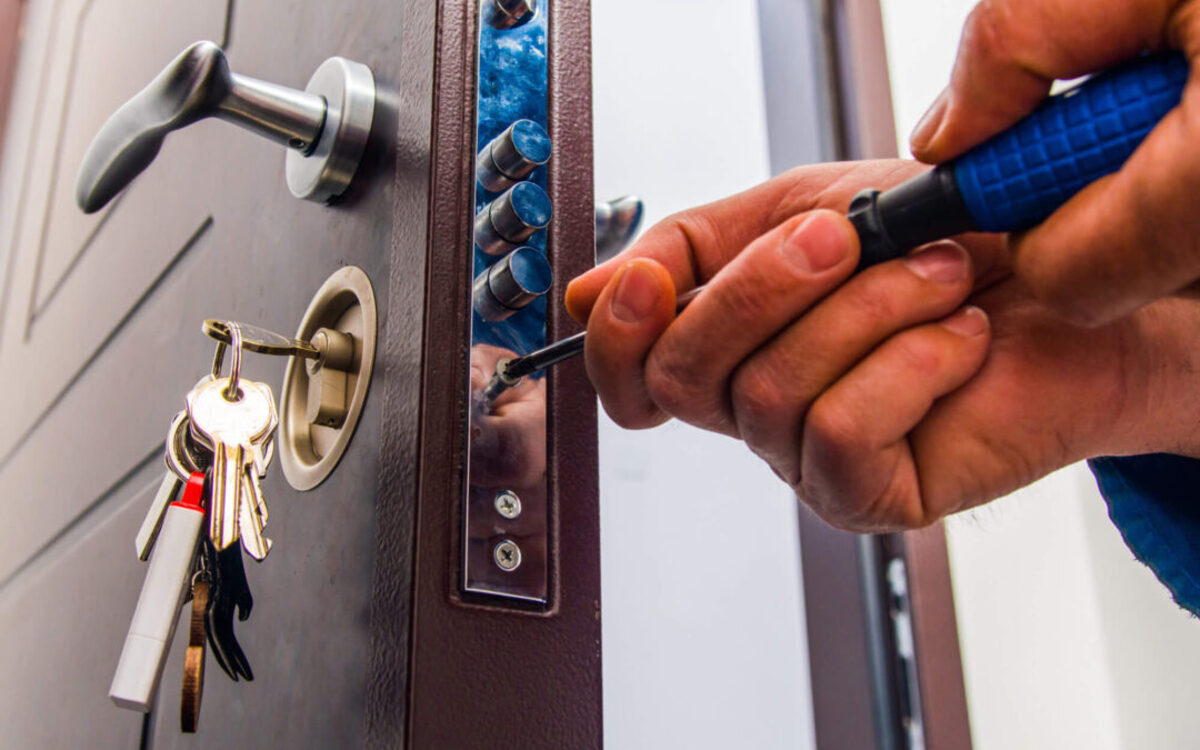
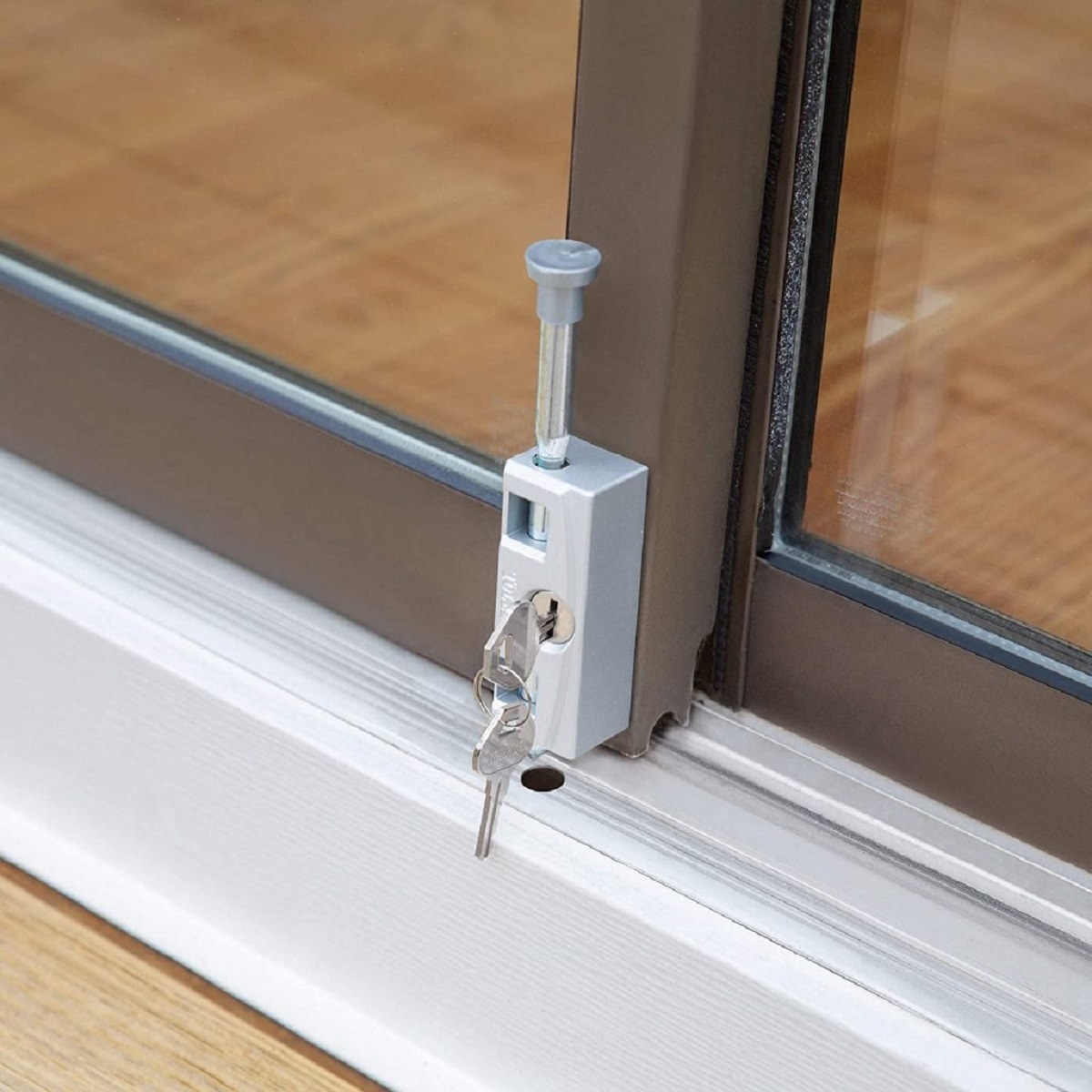
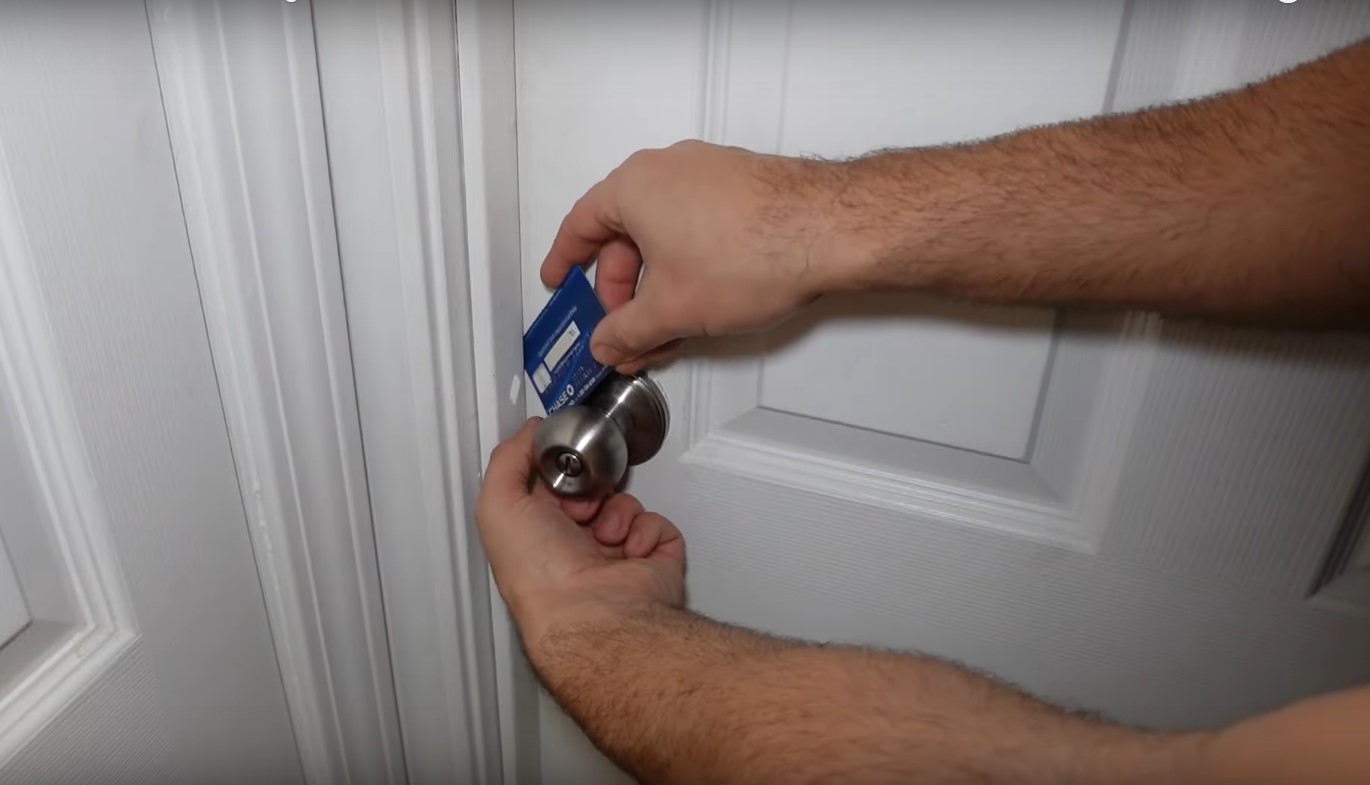
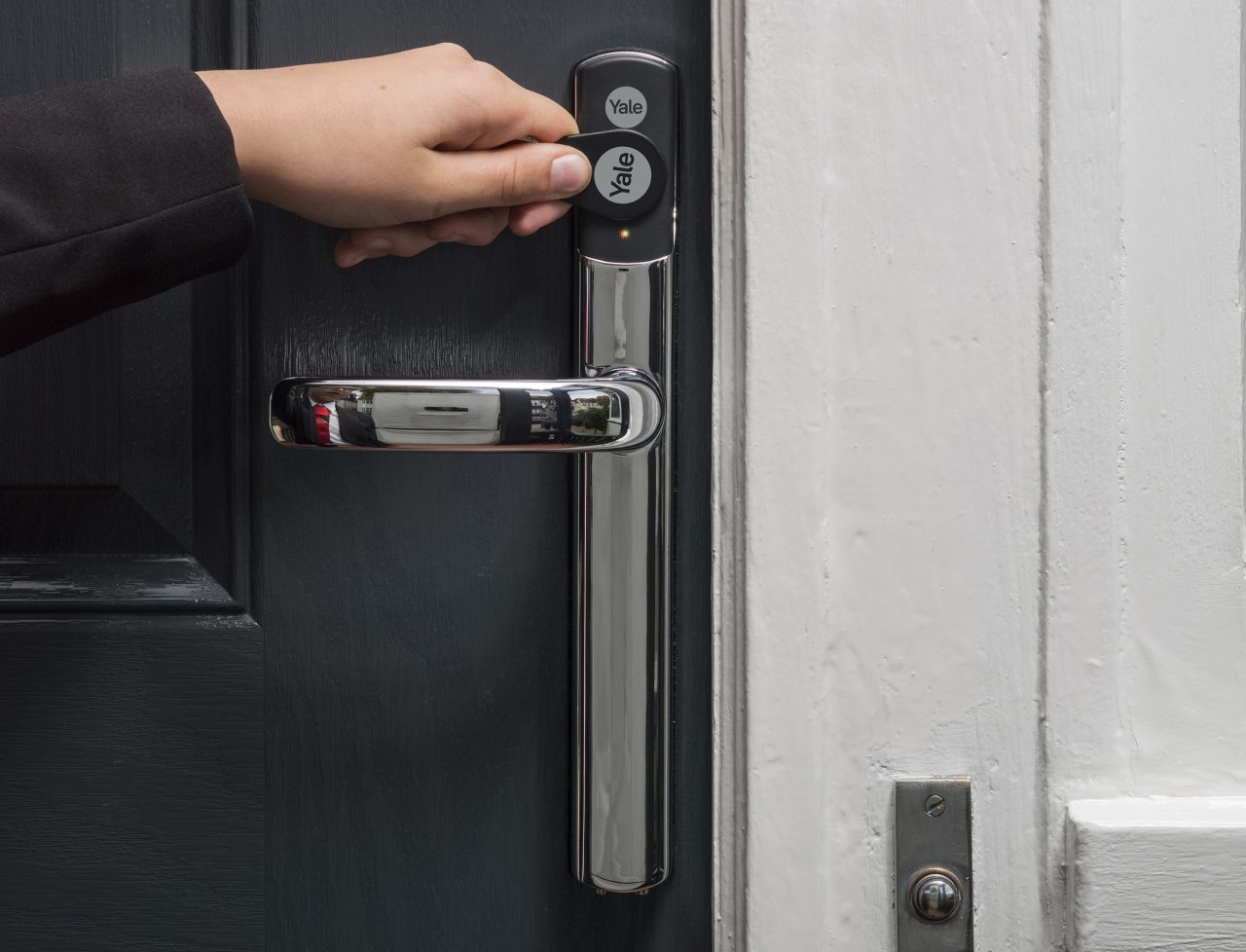

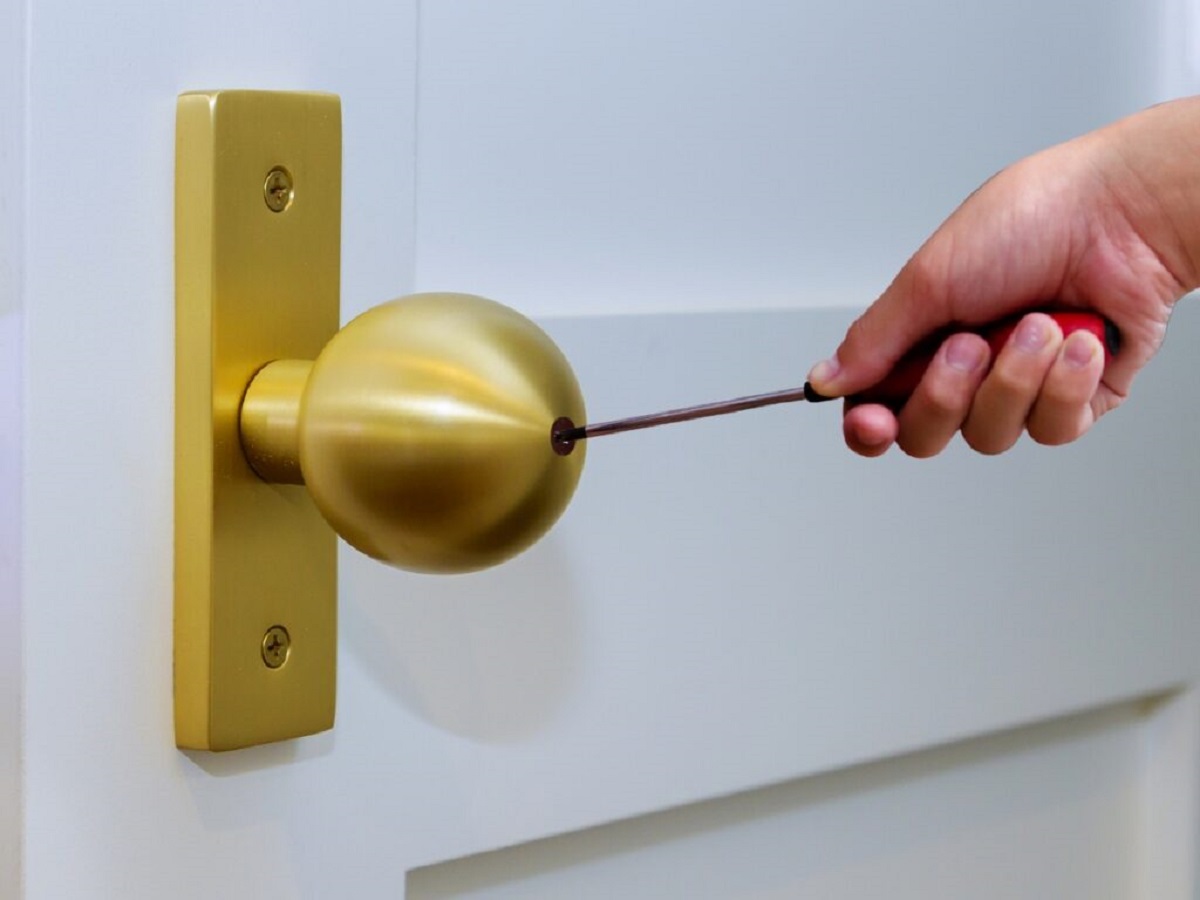
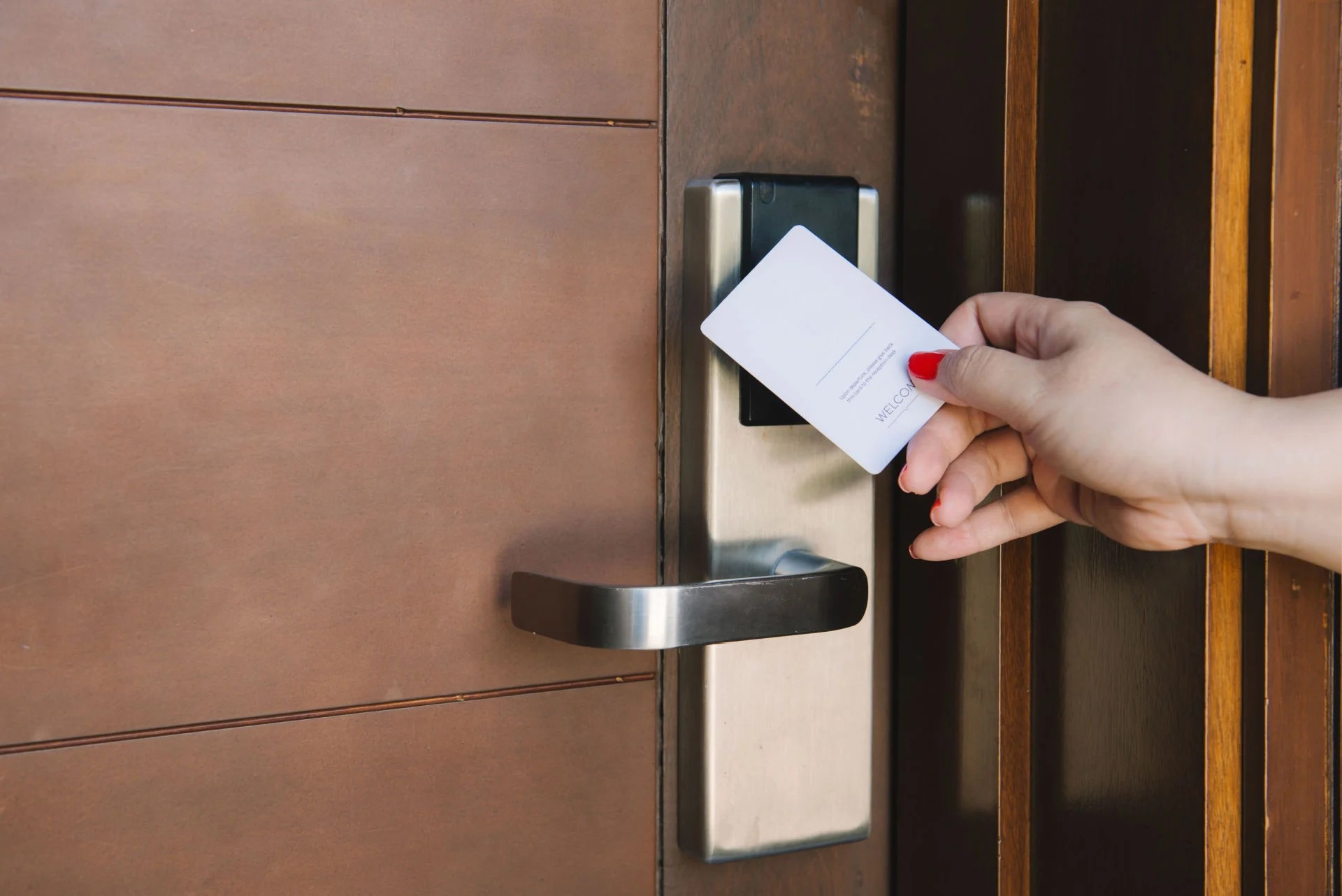

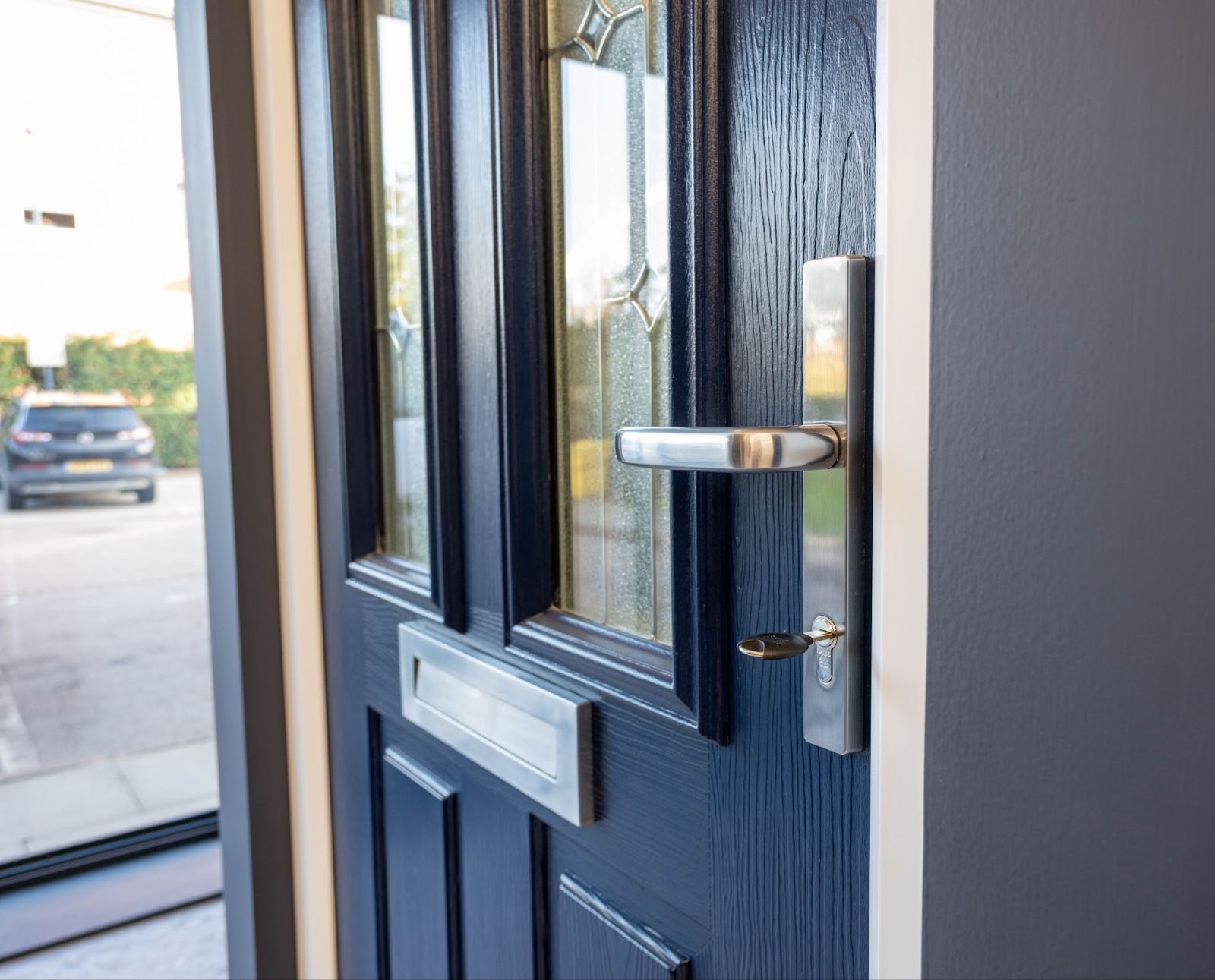
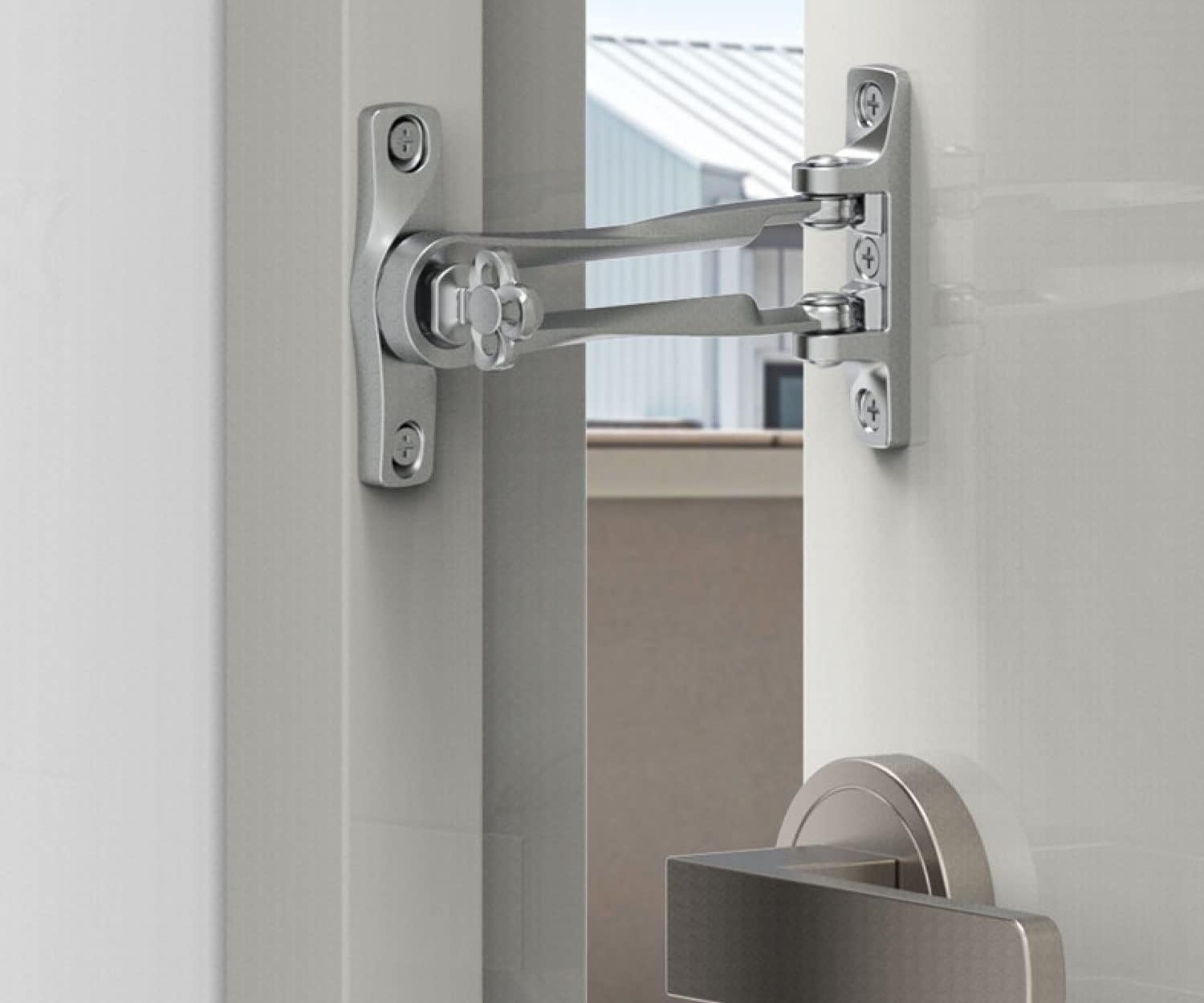
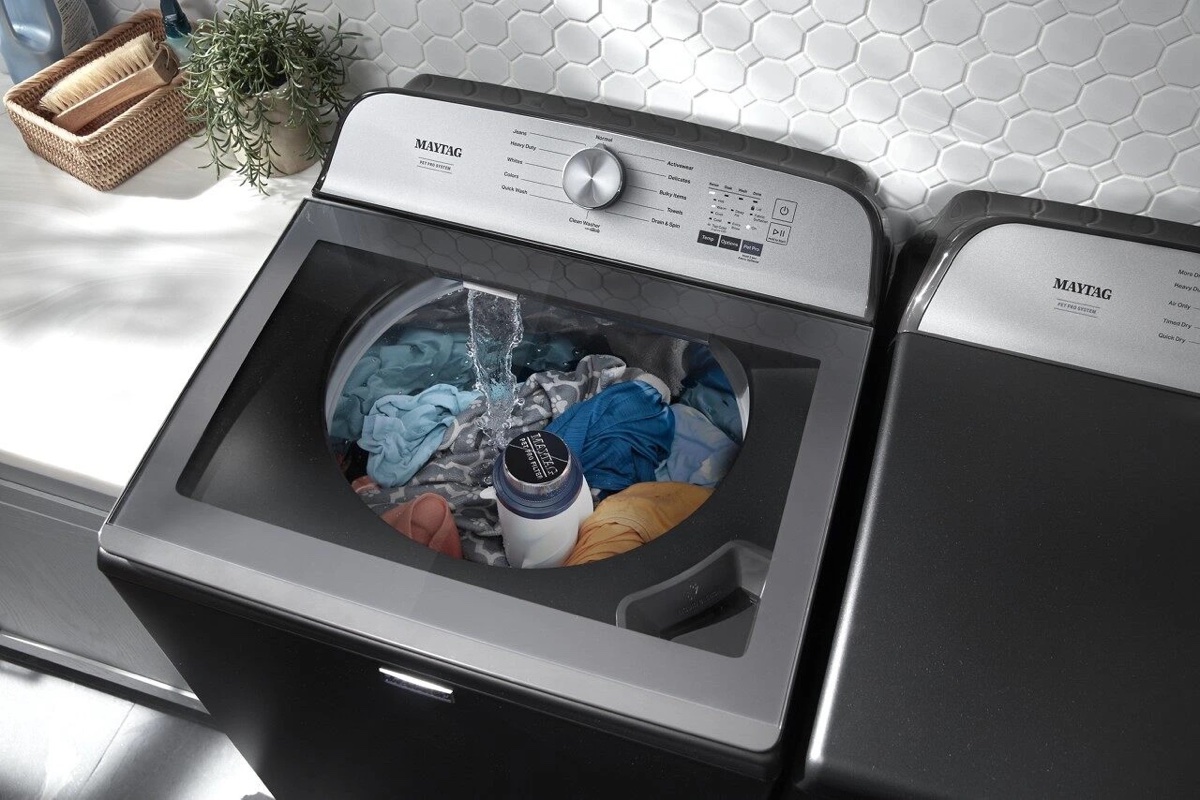

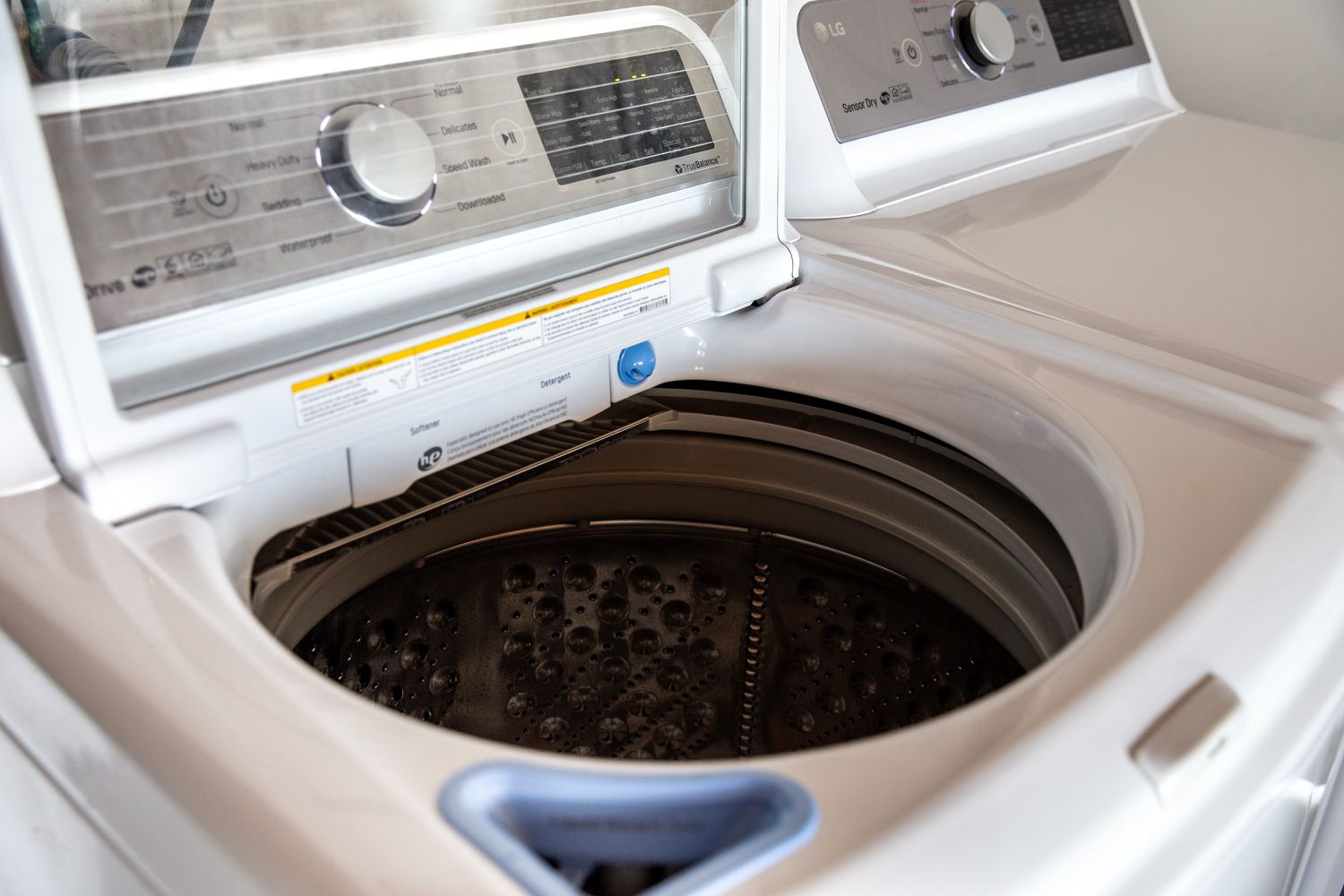
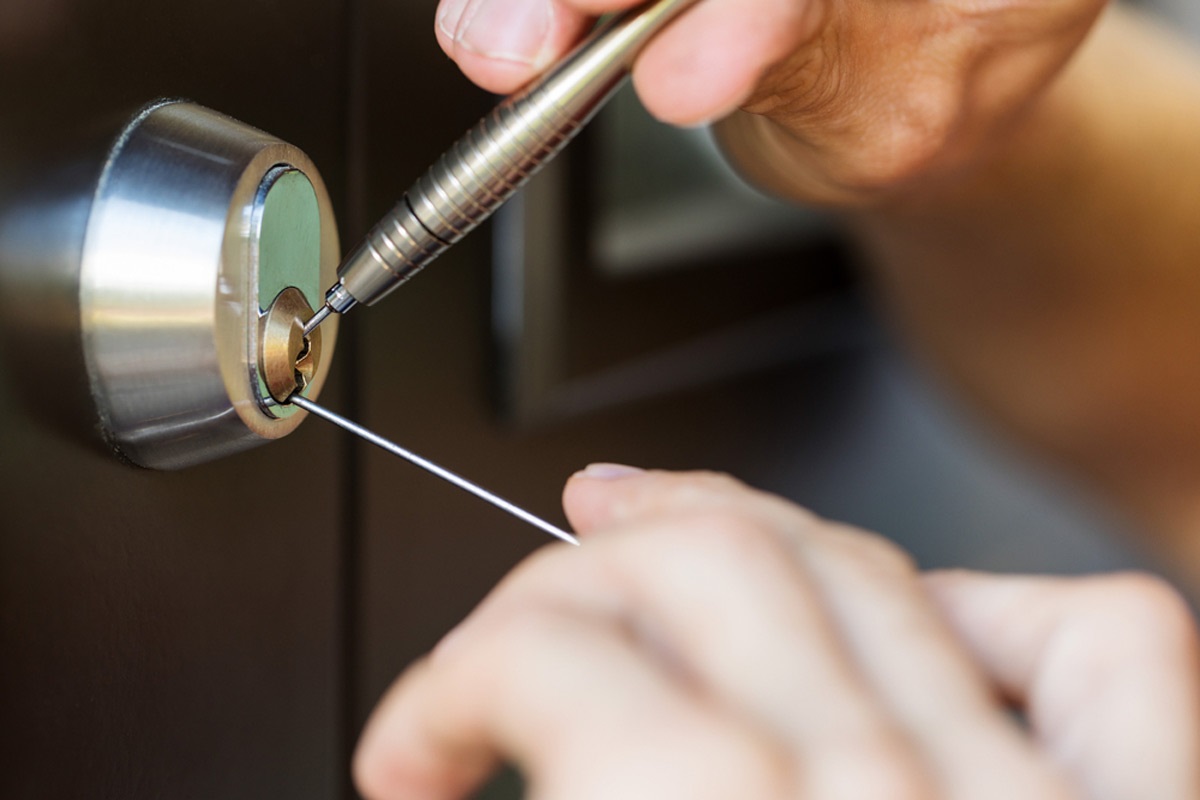

0 thoughts on “How To Open A Locked Washing Machine Door”